Imagine this: a gentle paw on your lap, a wagging tail greeting you each morning, and a friend who never judges. For many retirees, a dog isn’t just a pet — it’s a lifeline to joy, companionship, and a sense of purpose. But not every dog fits perfectly into the cozy corners of a retirement home. Some breeds are made for snuggles in small spaces, while others crave the wild freedom of open fields. If you’re dreaming of a furry friend to share your golden years, knowing which dogs adore apartment living — and which need room to roam — is vital. Let’s dive into the 20 breeds that can make or break harmony in a retirement community.
Bichon Frise: The Fluffy Lapdog Perfect for Seniors
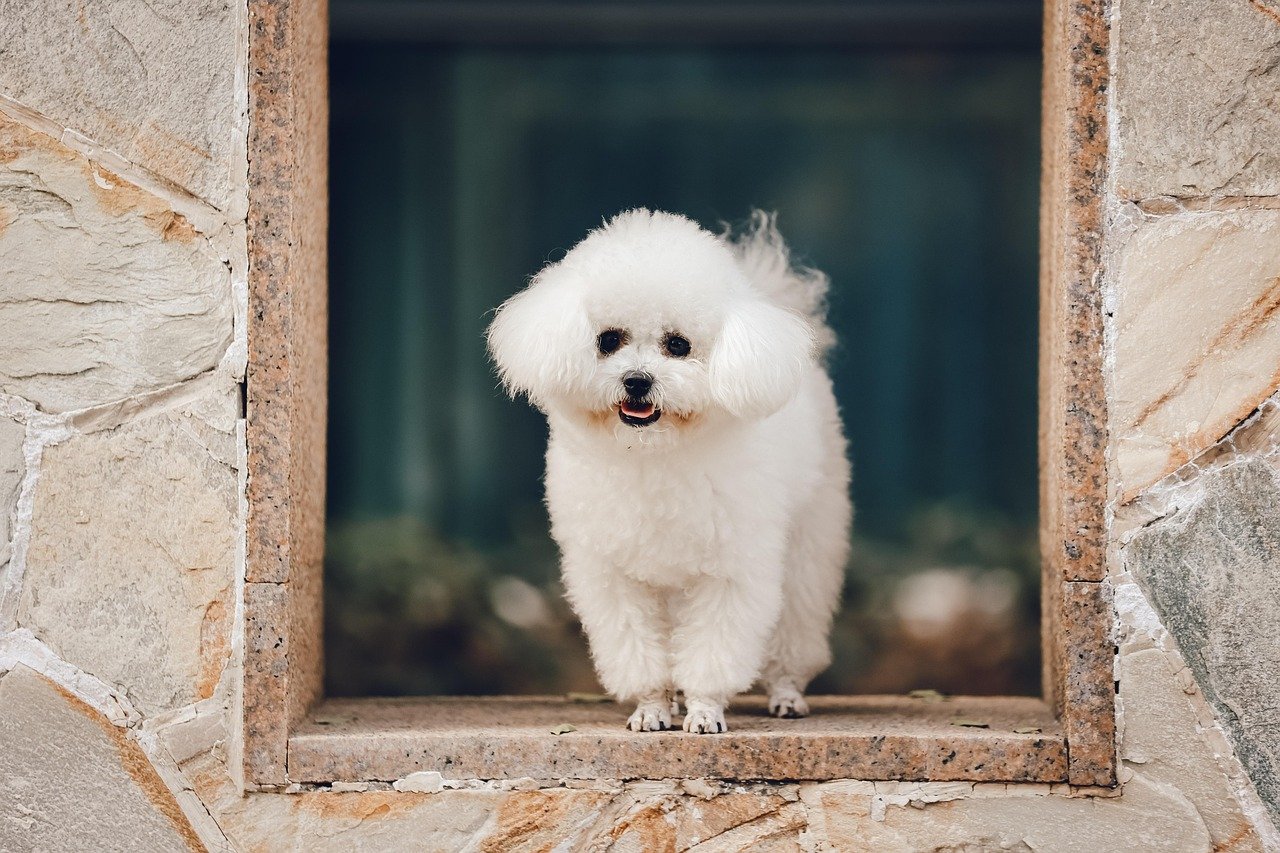
The Bichon Frise is like a living, breathing teddy bear. With their soft, curly coats and playful spirits, these dogs are a delight for retirees who seek a gentle companion that won’t overwhelm them. Their small size makes them ideal for apartments or retirement suites, and their personalities are as bright as their white fur. Bichons rarely bark excessively and don’t require strenuous exercise, just a daily walk and a bit of playtime. Their hypoallergenic coat is a bonus for sensitive individuals, though it does need regular grooming. These dogs crave human company, making them perfect for anyone seeking loyal, joyful companionship.
Cavalier King Charles Spaniel: The Comforting Cuddle Buddy

If ever a breed was born to snuggle, it’s the Cavalier King Charles Spaniel. Their soulful eyes and silky ears win hearts at first glance. These dogs fit seamlessly into retirement homes thanks to their calm demeanor and small stature. They’re content with moderate exercise and love curling up beside their favorite person. Cavaliers are gentle, affectionate, and adapt well to a slower pace of life. They’re also known for being good listeners, making them a comforting presence for anyone who enjoys talking to their pets. Their only demand? Plenty of love and a soft spot on the couch.
Pug: The Comedian of the Canine World

Pugs bring laughter wherever they go. Their wrinkled faces and expressive eyes are endlessly endearing, and their personality is just as charming. These small dogs are perfect for retirement living because they’re low-maintenance and thrive on companionship. Pugs don’t need vast spaces to be happy — just a few short walks and a lot of cuddles. They do, however, need careful monitoring of their weight, as they love to snack. Their comical antics and friendly nature make them a hit with visitors and residents alike, turning any ordinary day into a source of amusement.
Shih Tzu: A Royal Roommate
With a history as noble lapdogs, Shih Tzus are practically born for retirement homes. Their compact size allows them to fit comfortably in smaller spaces, and their affectionate nature ensures they bond deeply with their owners. Shih Tzus are remarkably adaptable, happy with a leisurely stroll or a day spent lounging indoors. Their long, luxurious coats require regular grooming, which many retirees find relaxing and enjoyable. These dogs are generally quiet, making them great neighbors in shared living environments. A Shih Tzu’s loyalty and gentle spirit make every day feel a little more special.
French Bulldog: The Quiet Companion
French Bulldogs are famous for being low-key, loving, and surprisingly quiet for their playful personalities. Their small, sturdy bodies suit apartment living perfectly. Frenchies aren’t big barkers, so they won’t disturb fellow residents, and they’re content with minimal exercise. These little dogs thrive on human contact, often following their owners from room to room. Their cheerful disposition is contagious, and their affectionate nature means they’re always ready for a snuggle. While they can be stubborn at times, their devotion makes them a favorite among seniors seeking a calm, loyal companion.
Maltese: The Gentle Lap Warmer
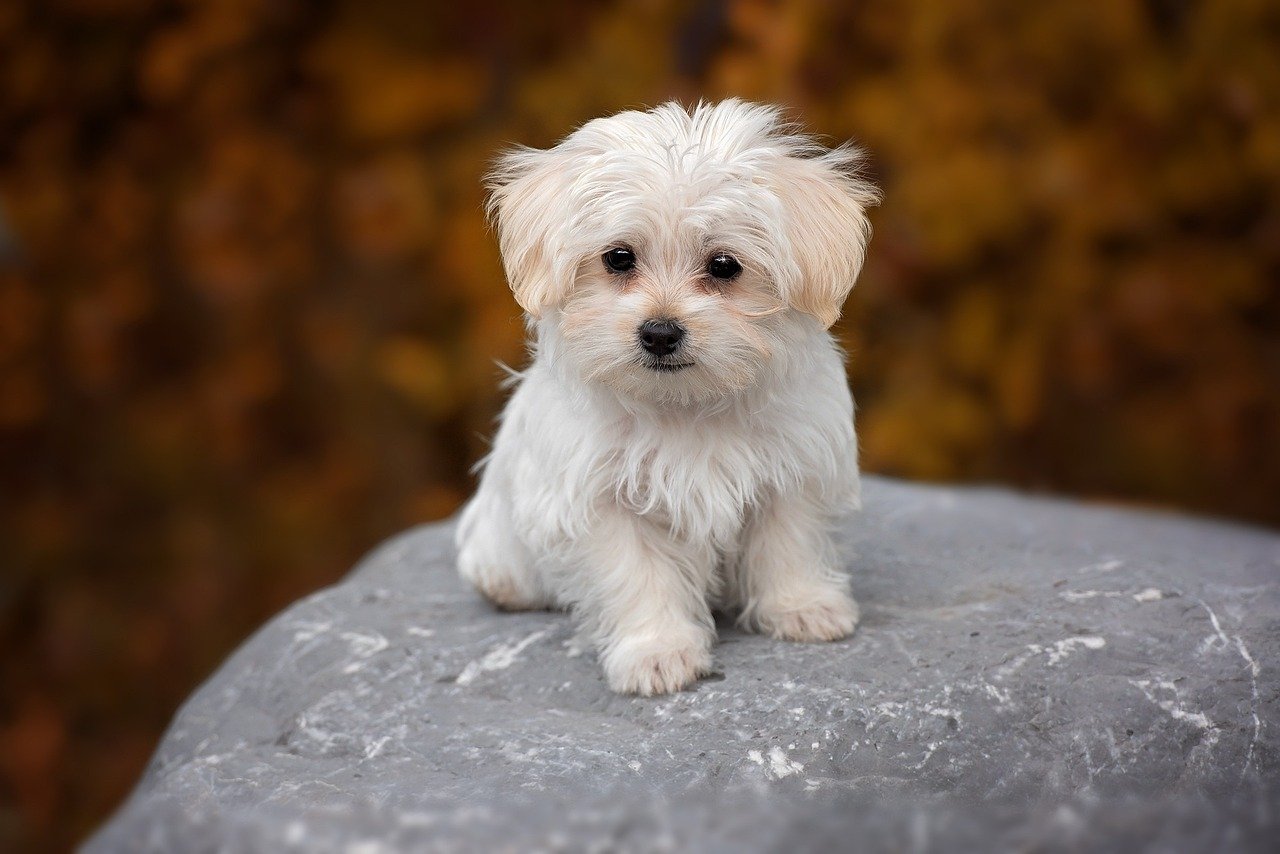
Maltese dogs are all about love and loyalty. Their petite frames and soft coats make them ideal for cuddling, and they’re perfectly suited to retirement home life. These dogs are generally quiet and easygoing, enjoying gentle walks and plenty of affection. Maltese dogs form strong bonds with their people, often becoming shadow-like companions. They do require regular grooming, but their hypoallergenic fur means fewer worries about allergies. Their sweet, gentle personalities ensure they’re always welcome — whether in a bustling communal lounge or a peaceful private suite.
Pekingese: The Regal Yet Relaxed Companion
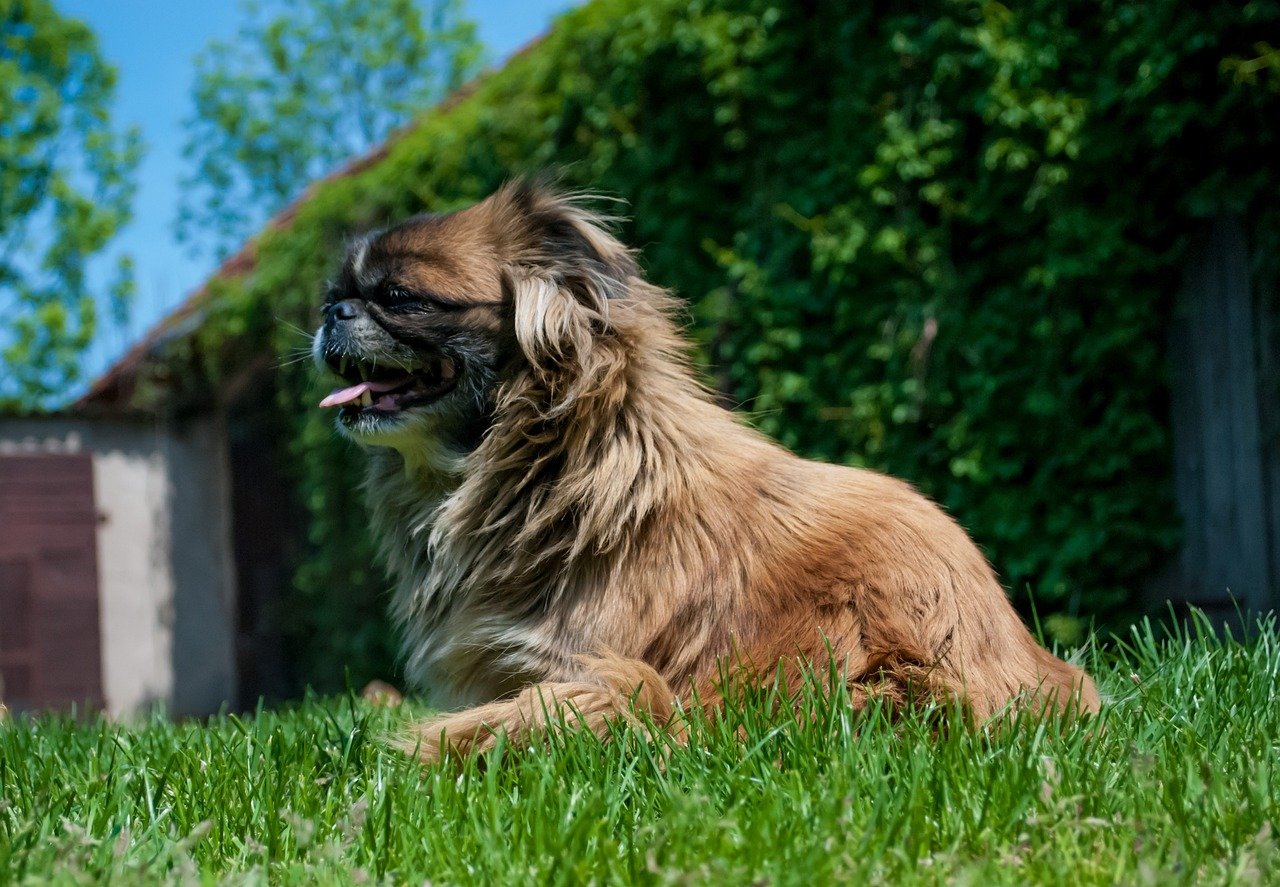
Pekingese dogs might look like tiny royalty, but they’re incredibly down-to-earth. Their small size and calm temperament make them excellent choices for seniors. Pekes don’t need much activity and are perfectly happy spending hours napping by your side. They’re fiercely loyal, often forming deep attachments to one or two people. While they may be reserved with strangers, their affection for their chosen humans is legendary. Their luxurious coats need brushing, which can be a soothing daily ritual. Pekingese dogs bring a sense of quiet elegance to any retirement home.
Miniature Schnauzer: The Playful Watchdog
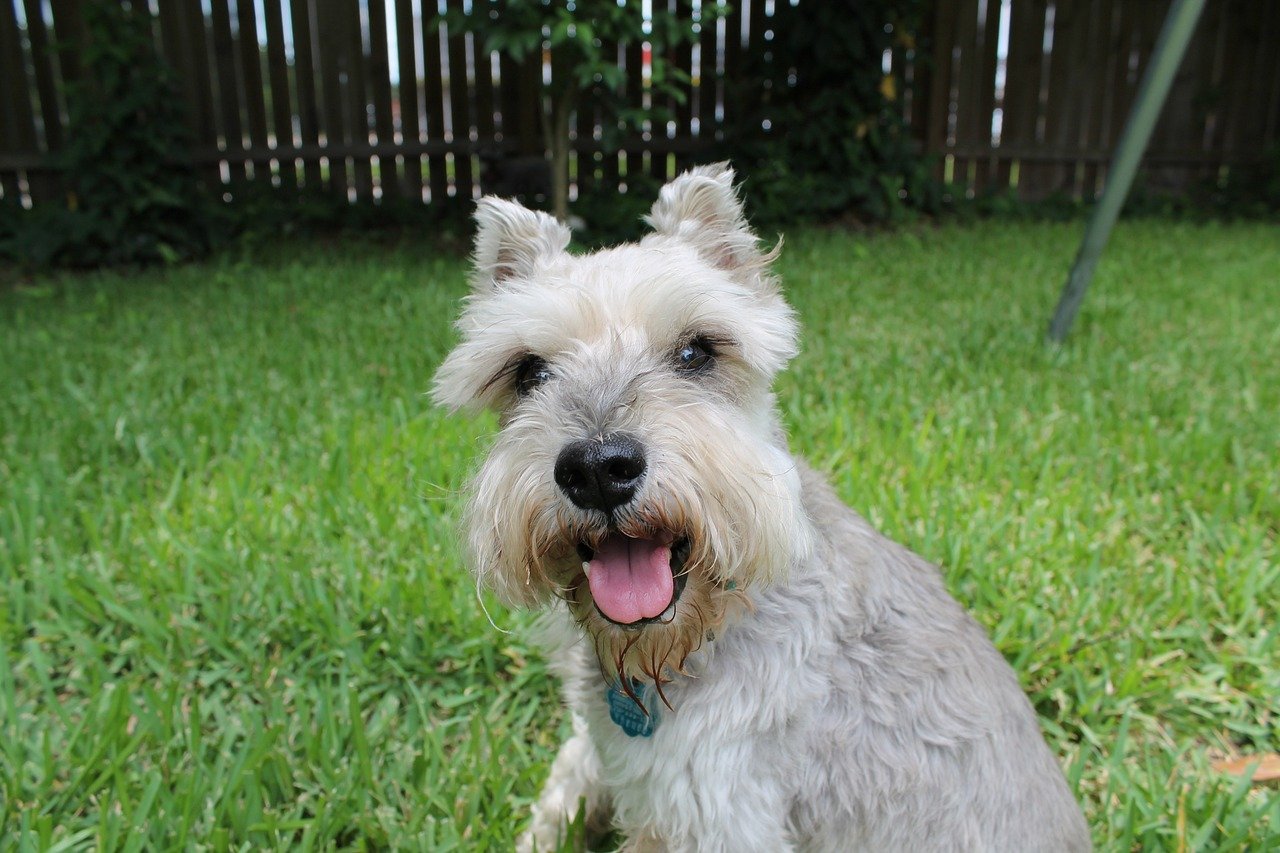
Miniature Schnauzers are small but mighty companions. Their lively personalities and manageable size suit retirement living, while their alertness makes them excellent watchdogs. They’re friendly, intelligent, and love to be involved in daily routines. Schnauzers require moderate exercise — think a brisk walk, not a marathon — and they thrive on mental stimulation. Their wiry coats are low-shedding, which is ideal for keeping living spaces tidy. Despite their spunky attitude, they’re gentle with their people, bringing just the right amount of energy to brighten each day.
Yorkshire Terrier: The Tiny Adventurer
Yorkies may be small, but their zest for life is huge. These little dogs are perfect for active seniors who still enjoy outings and exploration. Yorkies are fiercely loyal and love being the center of attention. Their small size makes them easy to manage, even in apartments or shared housing. While they do need regular grooming, their playful antics and loving nature more than make up for it. Yorkies also have a protective streak, which can be comforting for those living alone. They prove that good things really do come in small packages.
Chihuahua: The Pocket-Sized Pal
Chihuahuas are famously tiny, but their personalities are anything but small. These dogs thrive in retirement homes because they need very little space and love being around people. Chihuahuas often form intense bonds with their owners, becoming dedicated sidekicks. Their minimal exercise needs make them easy to care for, and their alertness means you’ll never miss a visitor. Chihuahuas can be a bit bossy, but their courage and loyalty are unmatched. For anyone looking for a low-maintenance, loving companion, a Chihuahua is a top choice.
Border Collie: The Energetic Brainiac

Border Collies are like the Einsteins of the dog world, bursting with intelligence and energy. They need far more stimulation and space than a retirement home can offer. These dogs thrive in environments where they can run, play, and have jobs to do. Without enough exercise, they can become restless and even destructive. Border Collies excel on farms, in large yards, or with active families who can keep up with their brains and bodies. For seniors with limited mobility or space, this breed is best admired from afar.
Siberian Husky: The Free Spirit
Siberian Huskies are born adventurers. Their stunning looks are matched only by their endless energy and need for space. Huskies love to run and pull, and they can be quite vocal — not ideal for shared living environments. These dogs need a secure, spacious yard and lots of daily exercise. Without it, they can become escape artists or develop behavioral issues. Huskies also shed heavily, which can be overwhelming in small apartments. For those living in retirement homes, a Husky’s needs simply outpace the available resources.
Labrador Retriever: The High-Energy Helper

Labrador Retrievers are America’s favorite dog for a reason, but their boundless energy means they need room to roam. Labs are happiest when they have space to play fetch, swim, or just run around. In a confined retirement home, their exuberance can become overwhelming. They also shed quite a bit and need regular exercise to prevent boredom. While Labs are wonderful companions, they’re best suited to homes with big yards or access to parks. For seniors who want a large, loyal friend, a Lab may require more commitment than expected.
Golden Retriever: The Gentle Giant
Golden Retrievers are known for their sweet nature, but they grow into large, active dogs that need plenty of exercise. Retirement homes often can’t provide the daily runs and playtime these dogs crave. Goldens are also prone to shedding, which isn’t ideal for shared spaces. Their love of people means they hate being left alone, and boredom can lead to destructive habits. For seniors with active lifestyles and access to outdoor spaces, Goldens are wonderful. But for most retirement communities, their size and needs are just too much.
Dalmatian: The Spotted Dynamo
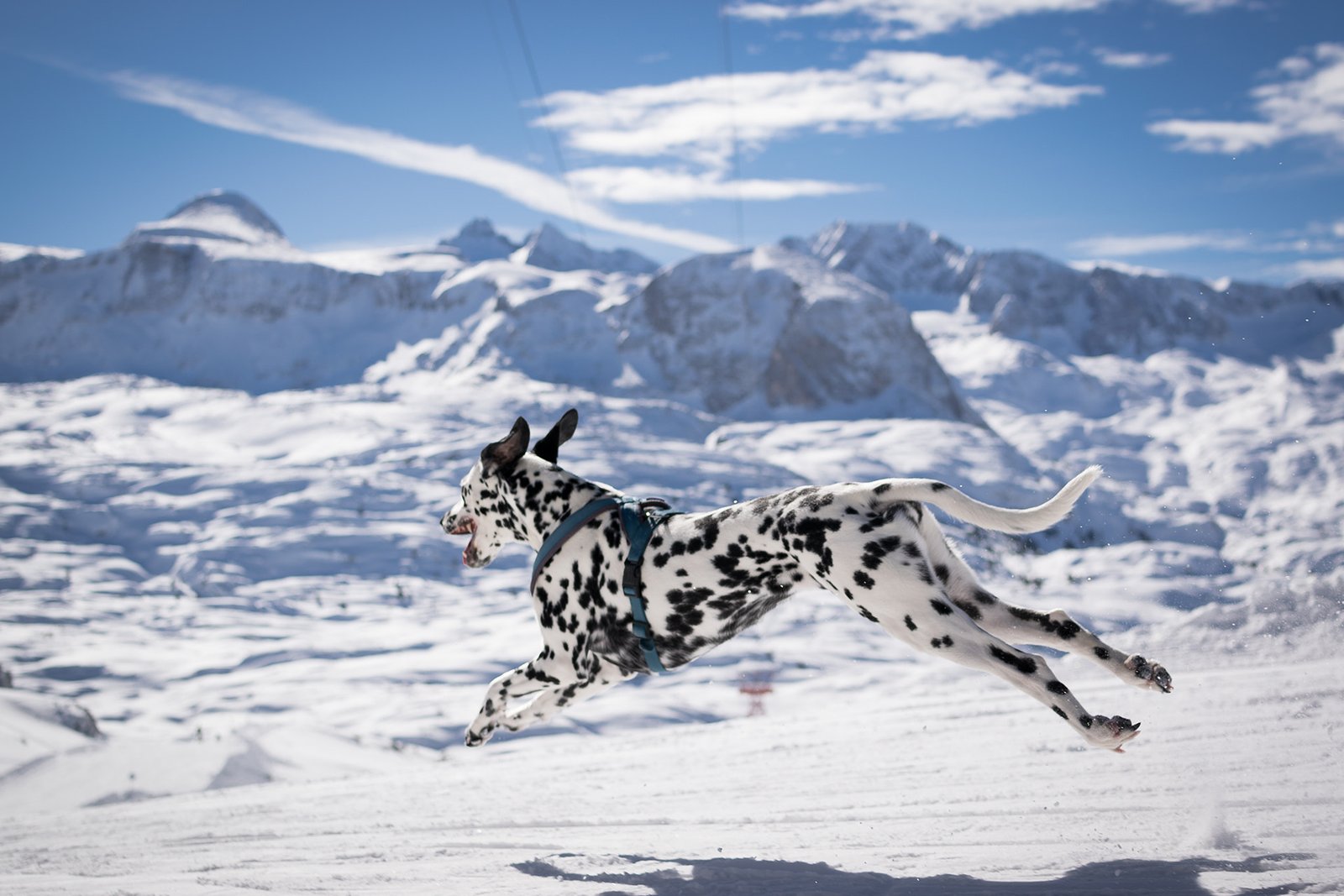
Dalmatians are as energetic as they are eye-catching. These dogs need space to run and play, making them unsuitable for retirement homes. Without enough activity, Dalmatians can become anxious and develop behavioral problems. They’re also known for being vocal and protective, which doesn’t always blend well in communal living. Dalmatians thrive in active households with yards or lots of outdoor adventures. Their love for movement and excitement makes them fun, but only for those who can keep up.
Australian Shepherd: The Tireless Worker
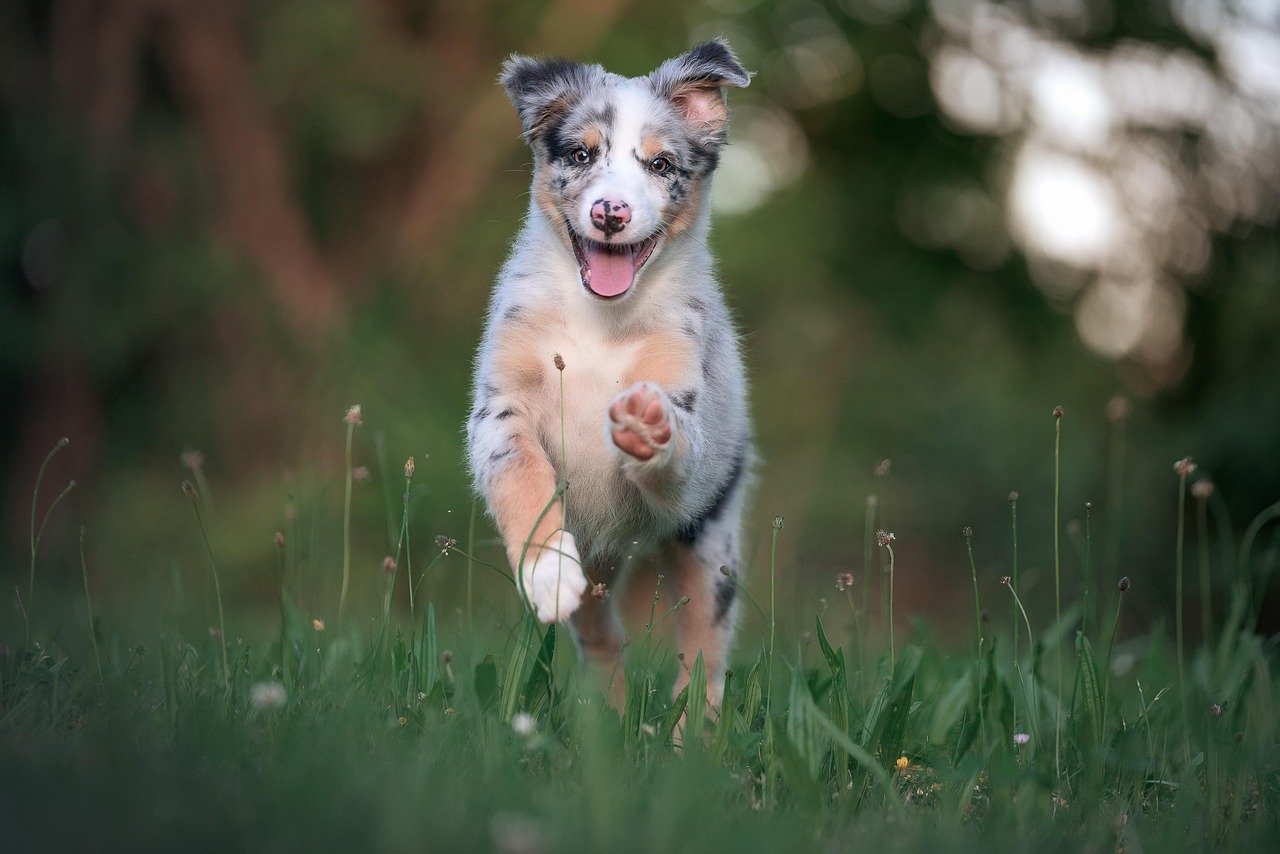
Australian Shepherds are working dogs through and through. They need constant mental and physical stimulation, which is tough to provide in a retirement home. Aussies love to herd, play, and learn new tricks, requiring lots of space and an active routine. Without these outlets, they can become bored and frustrated. Their intelligence is impressive, but it demands a lifestyle that matches their needs. For seniors or those in smaller spaces, an Australian Shepherd is likely to be more challenging than comforting.
Belgian Malinois: The Driven Athlete
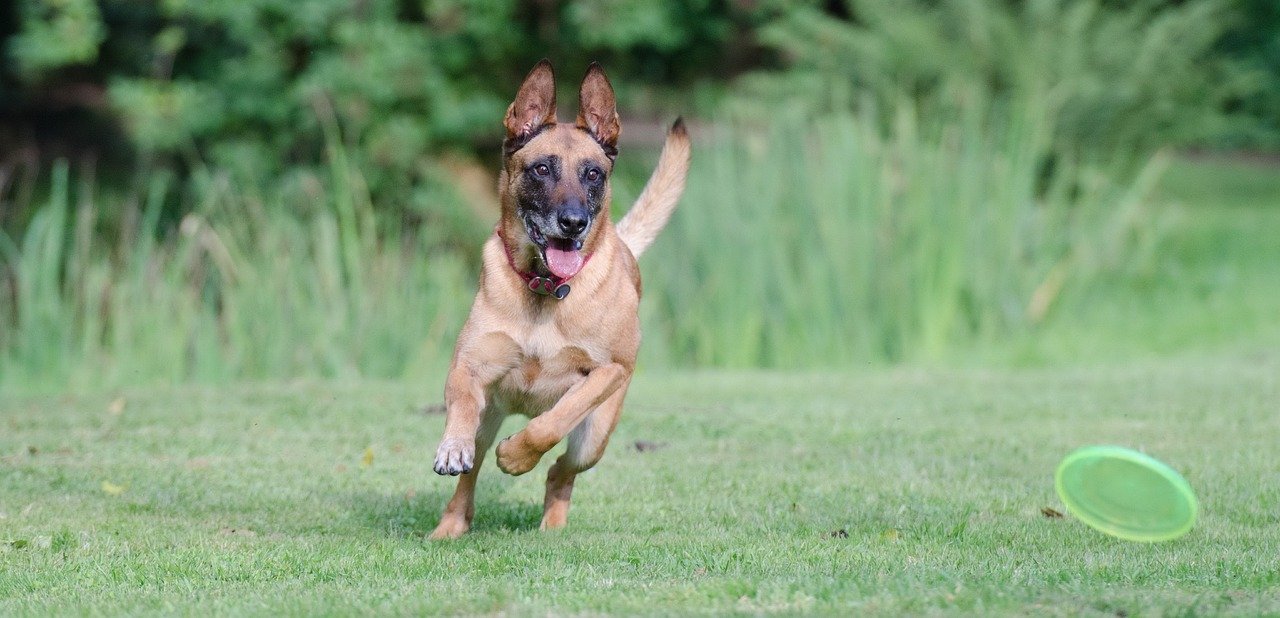
Belgian Malinois are famous for their work in police and military roles, thanks to their drive and stamina. These dogs need far more than a daily stroll — they crave rigorous exercise and mental challenges. Retirement living simply doesn’t offer the intensity this breed requires. Malinois can become anxious or destructive if their needs aren’t met. They’re best suited to experienced owners with plenty of time, energy, and space. For retirees, a Malinois is more likely to cause stress than provide comfort.
Weimaraner: The Velcro Dog With a Need for Speed
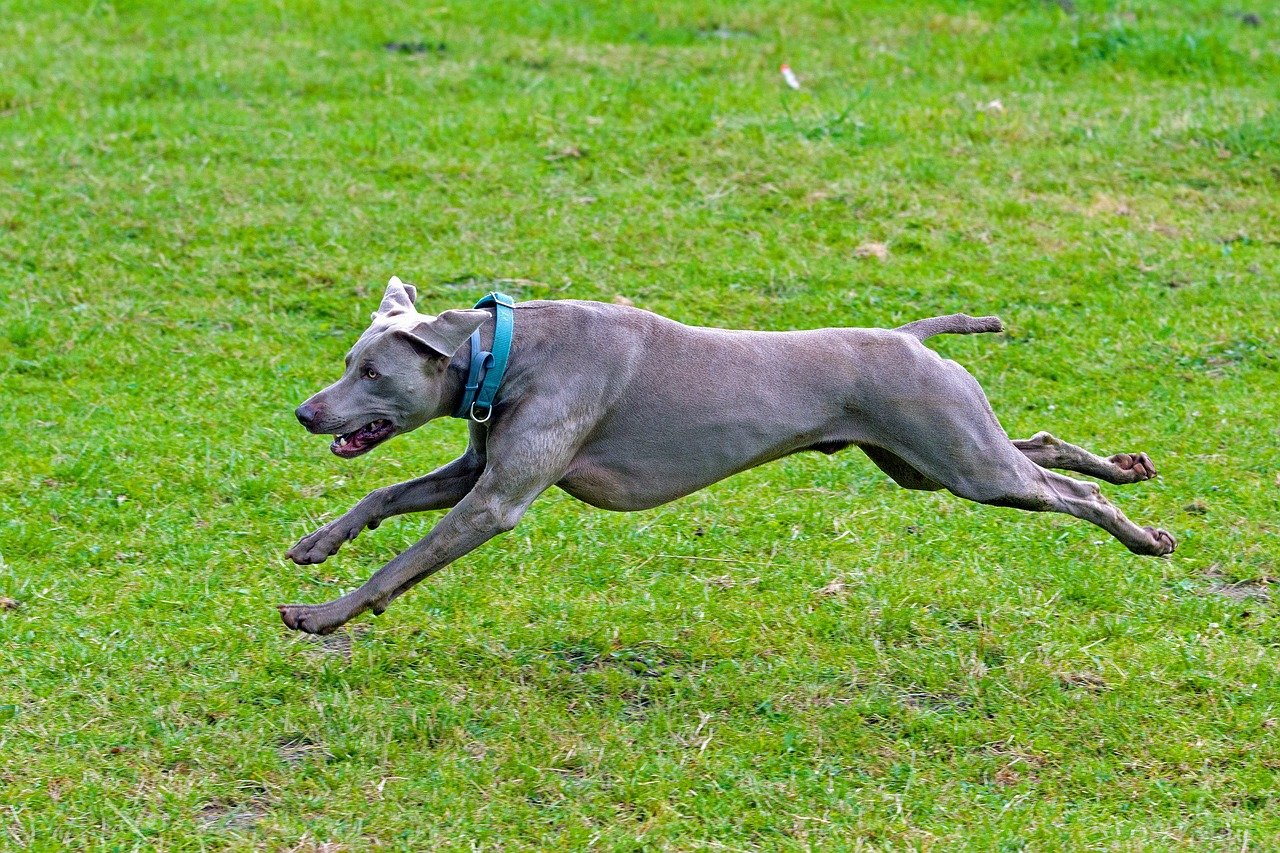
Weimaraners are sleek, athletic, and incredibly loyal — sometimes nicknamed “Velcro dogs” for their attachment to their people. But their high energy and need for large spaces make them a poor fit for retirement homes. These dogs thrive with daily runs and endless playtime. Without enough exercise, they become restless and may develop behavioral issues. Their size and strength can also be a challenge for seniors. While their devotion is admirable, Weimaraners need an environment that matches their physical needs.
German Shepherd: The Loyal Guardian

German Shepherds are iconic protectors, known for their loyalty and intelligence. However, their size and need for activity mean they’re not ideal for small living quarters. Shepherds require regular exercise, mental stimulation, and space to patrol. They can also be wary of strangers, which may not suit the social environment of a retirement home. While deeply loving, these dogs are happiest in homes with yards and active owners. For seniors with limited mobility, a German Shepherd could quickly become overwhelming.
Alaskan Malamute: The Gentle Giant That Needs to Roam
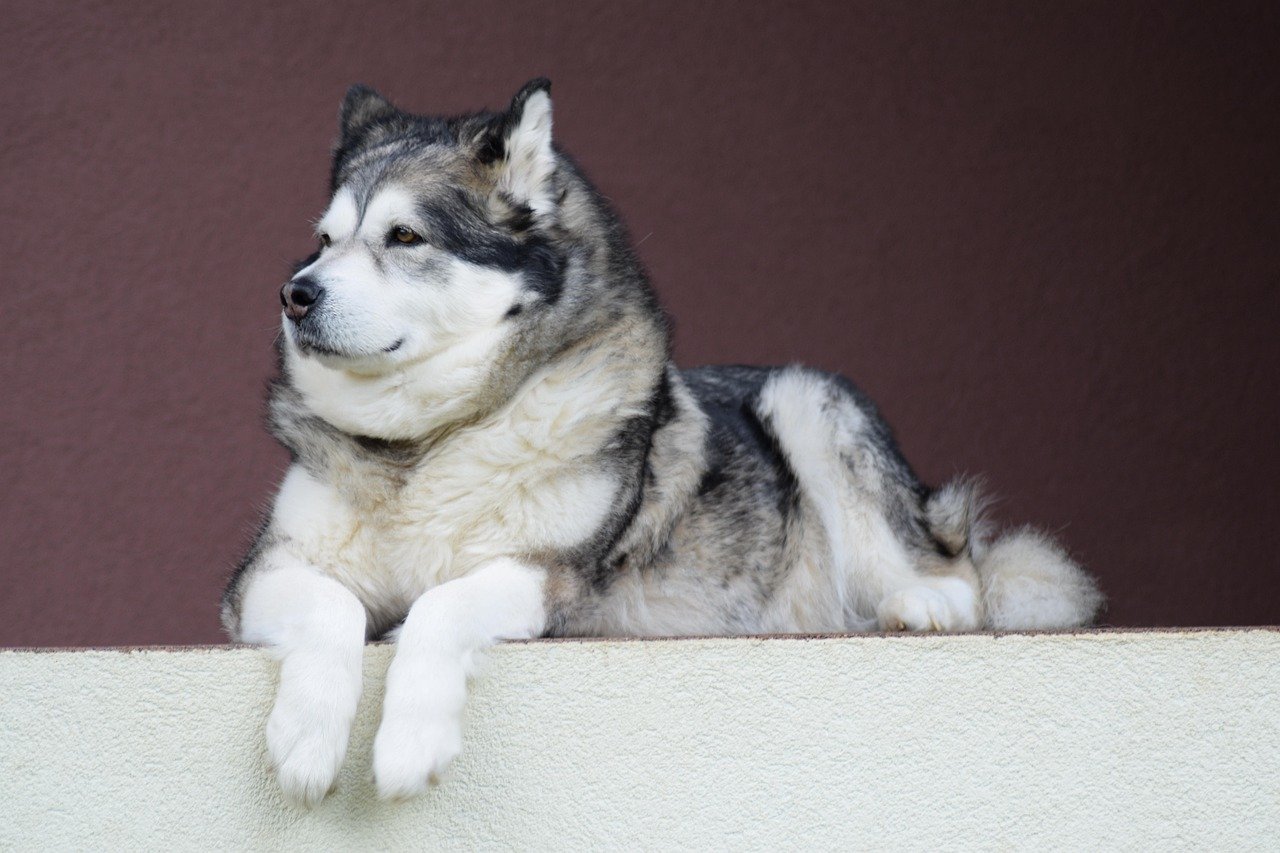
Alaskan Malamutes are among the most beautiful and powerful of all breeds. Their thick coats and friendly nature are appealing, but these dogs are bred for hard work and long journeys. Malamutes need plenty of space and exercise to stay happy and healthy. In a retirement home, their size and energy can quickly become a problem. They also shed heavily and can be quite vocal. While their affectionate demeanor is undeniable, Malamutes are best suited to environments where they can stretch their legs and embrace their adventurous spirit.

Born and bred in South Africa, a Capetonian at heart. Amy-Leigh’s love for nature and animals was inherited from her Dad. He loves taking the family on road trips to experience nature at its finest; Amy-Leigh’s favourite being whale watching in Hermanus and spotting Kudu along the West Coast. Amy-Leigh holds a BA in English Literature and Communication Studies.





